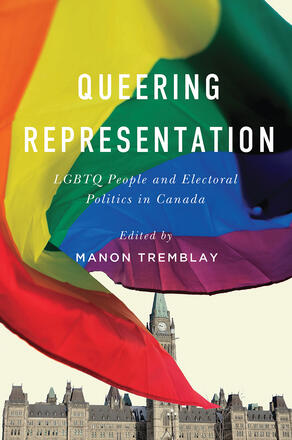
Queering Representation
LGBTQ People and Electoral Politics in Canada
Queering Representation explores what happens when LGBTQ people move out of the closet and into the political arena.
Description
Political representation requires participation: voting, joining political parties, running as candidates, acting as politicians. Yet the election of openly LGBTQ people is a relatively recent phenomenon in the West. Queering Representation explores long-ignored issues relating to LGBTQ voters and politicians in Canada. What are the LGBTQ electorate’s characteristics and voting behaviours? What part do the media play in framing straight voters’ perceptions of out LGBTQ politicians? What pathways to power do LGBTQ politicians follow? Do they represent LGBTQ people and communities, and if so, how is this role articulated? And finally, how do Canadian party ideologies shape LGBTQ representation?
Reviews
The authors do a great job of maintaining a balanced approach while engaging many seldom-explored issues. They force the reader to abandon their assumptions by examining the data and problematizing the issues raised by LGBTQ voters and representatives without reaching beyond the scope of the book.
- David Girard